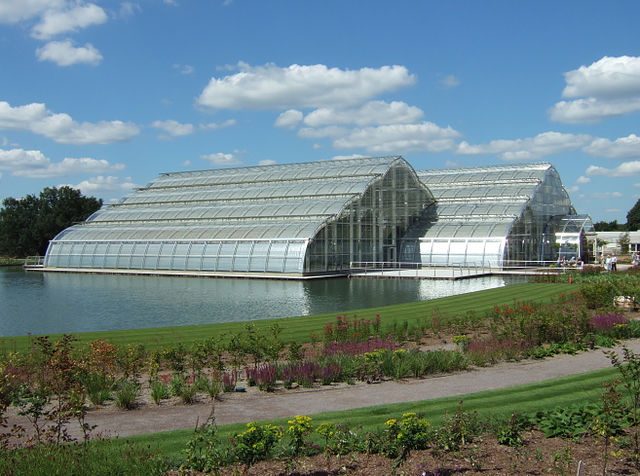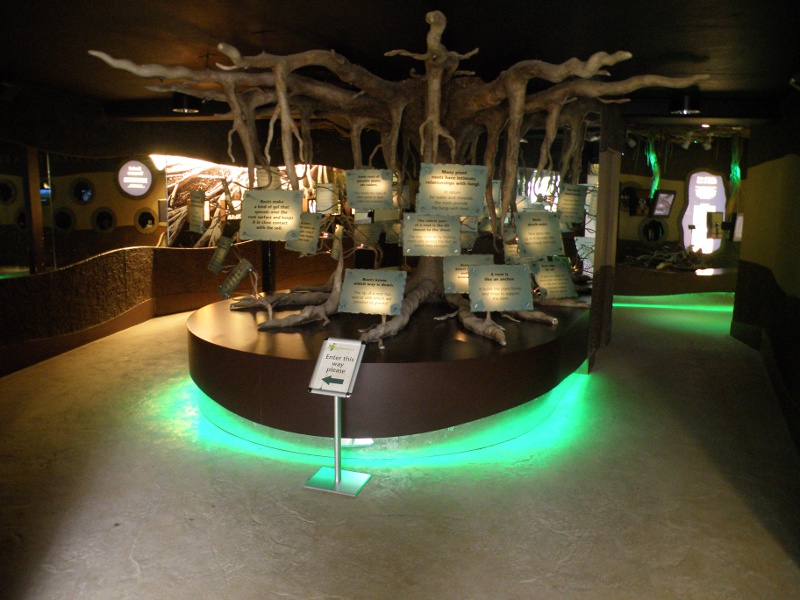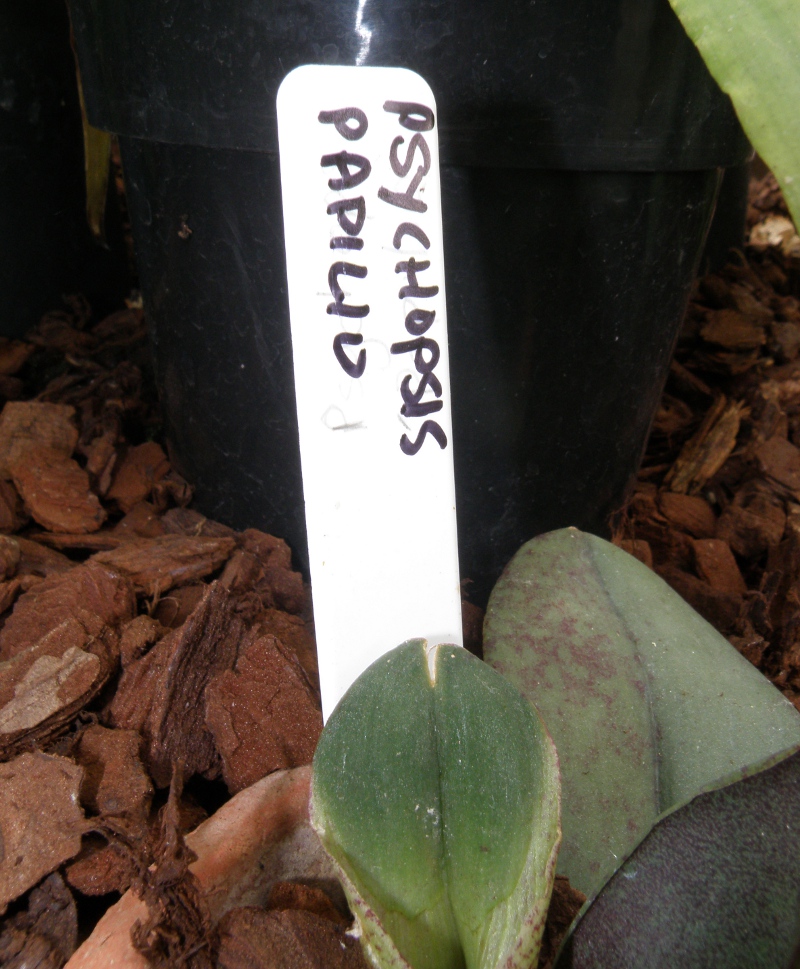
The Glasshouse, RHS Wisley Garden, Surrey, UK. (c) Mark Boyce - GNU Free Documentation License, Version 1.2
Perhaps one of the most impressive new glasshouses in the UK is that at the RHS gardens Wisley. Under one elegantly curved roof is a range of environments split between warm temperate and humid tropical. The glasshouse has a floor space of around 2600m2 and is 40m high so is around 25 times the area of our tropical glasshouse and 8 times higher.
The purpose of this blog is to show some of the signage used in the Wisley glasshouse to help inspire signage for our Tropical Glasshouse. The audience for the Wisley glasshouse is RHS members and general public. The ages are from very young (in pushchairs) to elderly (in wheelchairs). All ages and all levels of knowledge need to be provided for.
Labels and signage in the glasshouse vary from the Rootzone display which comprizes signage with still and video images through to simple plant labels for specimens on temporary display.
In contrast with the rootzone, the remainder of the glasshouse is predominantly about the display of living plants. The standard, day to day labelling uses black plastic labels that are machine engraved to show white plastic underneath. These are robust, long lasting labels but show limescale deposits very readily.
There are two forms of handwritten label in use: ‘T’ labels which are sturdy white rectangles (the same size as the white-on-black labels) that are mounted on metal stakes, and white plastic stick labels.
Pencil gives a much more permanent label unless mechanically abraded but pen tends to look better for the first few months.
In addition to labels with basic information on species there are small interpretative signs less than A4 in size that give further information on landmark species. These signs are thick and sturdy with a plastic surface coating.
In addition to single species labels are much bigger interpretative signs used to explain habitat displays such as the cacti and succulents. These large signs take several minutes to read and have a mix of colour images and text.
The RHS spent around £7.8 million on their glasshouse development. We are running at a rather more modest budget of £7000 so our ambition needs to be in proportion to the budget. Fortunately we have a skilled pool of students at Reading University and the Typography and Graphic Communication department has been involved in designing signage for other botanic gardens as well as the displays the Reading University shows at Chelsea Flower Show each year.






